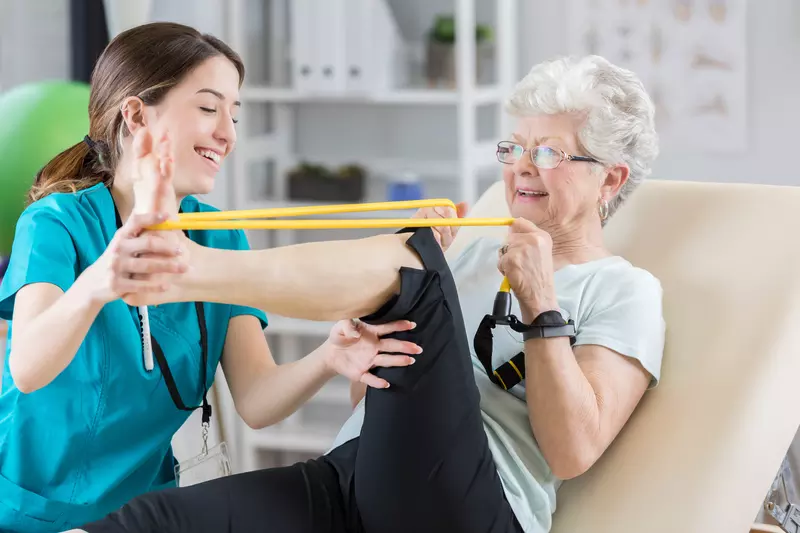- AdventHealth

At first, your knees might throb only when you’re climbing the stairs. Then, they might flare up every time you bend your knees or put weight on them. Eventually, though, the pain may continue even at rest, when you’re sitting or dozing off to sleep.
After decades of use, it’s only natural for a joint to ache. But that doesn’t mean disabling pain is inevitable, said Jose Amundaray, MD, an orthopedic surgeon at Celebration Orthopaedic and Sports Medicine Institute, who has been conducting joint replacement surgeries for 20 years.
Though the condition is physical, knee pain can have emotional repercussions, too. Dr. Amundaray has seen plenty of patients with knee pain who are depressed because they can’t play with their grandchildren, travel or explore their hobbies.
Consulting with a physician doesn’t necessarily mean an operation is in your future. Orthopedic surgeons are also experts at non-surgical approaches, including pain medication, steroid injections, exercise and weight loss.
Orthopedic surgeons can offer patients the most accurate assessment of their joint health. For example, a knee X-ray is best conducted while the patient is putting weight on their knee instead of lying down.
“A weight-bearing X-ray can show you if there’s decreased cartilage because there will be little or no space between the bones of the knee,” he said.
No matter the cause of knee pain, the first line of defense is what’s called “conservative” treatment, which means non-surgical approaches. These include:
- Modifying your activity to limit stress on the knees
- Beginning a targeted exercise, physical therapy or weight-loss program
- Taking anti-pain medication such as aspirin and ibuprofen
- Receiving steroid injections
- Using medical devices to reduce the load carried by the knee
These treatments can limit pain and delay a surgery, but none can reverse knee damage.
The decision to undergo a knee replacement is a patient’s choice to make. But repeated studies have found that many people, even those with disabling knee arthritis, don’t know knee replacement is an option. For others, anxiety about the surgery stands in the way of what is potentially a positive change.
“What I do for all of my patients with knee pain is to talk about their options and help them decide what’s best for them,” he said. “If none of the other approaches work, or you don’t want to use them, you have the option of fixing the problem surgically.”
The knee typically has a cushioning between bones to absorb impact, but this tissue, called cartilage, wears down over time. As the padding in your joints wears out, bones can start to grind together, causing pain. In a knee replacement surgery, doctors don’t actually replace your whole knee. Instead, this cushioning is replaced with a man-made prosthetic using the latest surgical techniques.
As with any surgery, knee replacement carries risks of complications, but it can also be life-changing. Dr. Amundaray says his patients are typically on their feet six hours after surgery and spend one night in the hospital. Most patients can go home after a knee replacement surgery and receive physical therapy either at home or in an office.
“People are looking forward to being able to do things instead of being afraid to do things,” Dr. Amundaray said.
At AdventHealth, we want our patients to experience life on their own terms, without letting pain get in the way. If you’d like to learn more about your options for a knee replacement, visitour websiteor call us at Call855-303-3627 to schedule an appointment.



